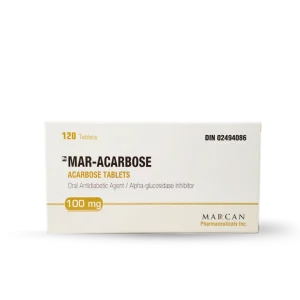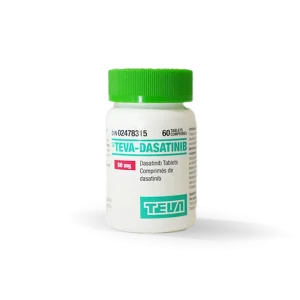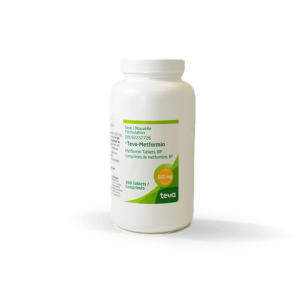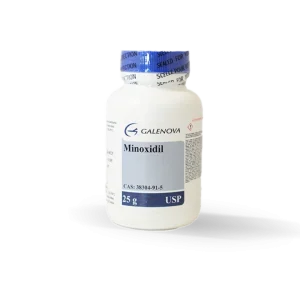Your cart is empty.
Your cart is empty.
How does Selegiline work? This crucial question underpins the widespread use of Selegiline in treating conditions like Parkinson’s disease and depression. By delving into its mechanism of action, we can better understand why it remains a cornerstone in managing neurological and psychiatric health. Let’s explore its functions in detail before you consider or buy Selegiline.
Selegiline, a selective monoamine oxidase inhibitor (MAOI), is a medication designed to address neurological and psychological challenges. It was initially developed to assist in managing Parkinson’s disease by enhancing dopamine availability in the brain. Over the years, its applications have extended to treating depression and, in some cases, potential off-label uses like cognitive enhancement and longevity.
One of Selegiline’s most attractive features is its unique mechanism of action, which offers benefits while minimizing side effects often associated with traditional MAOIs. Understanding how Selegiline works can help us appreciate its impact on patients and the scientific community.
Monoamine oxidase (MAO) enzymes play a central role in maintaining neurotransmitter balance in the brain. These enzymes break down neurotransmitters such as dopamine, serotonin, and norepinephrine, vital for mood regulation, motor control, and overall brain function.
When MAO enzymes degrade neurotransmitters too rapidly or excessively, it can lead to conditions like depression, anxiety, or neurodegenerative diseases. This is where MAO inhibitors like Selegiline step in to modulate the activity of these enzymes.
Selegiline selectively inhibits the activity of the MAO-B enzyme, which is primarily responsible for degrading dopamine. By targeting MAO-B, Selegiline increases the availability of dopamine in the brain, supporting functions such as mood, movement, and focus.
One of the most remarkable features of Selegiline is its dose-dependent selectivity:
This selective inhibition makes Selegiline a safer option than non-selective MAO inhibitors, which indiscriminately affect both MAO-A and MAO-B.

Dopamine is often referred to as the “feel-good” neurotransmitter due to its critical role in regulating mood, motivation, and movement. In neurodegenerative conditions like Parkinson’s disease, dopamine-producing neurons progressively deteriorate, resulting in symptoms such as tremors, rigidity, and impaired motor coordination.
Selegiline works by blocking the MAO-B enzyme responsible for breaking down dopamine. This leads to an increase in dopamine levels, which helps alleviate both motor and psychological symptoms. For depression, this mechanism can also contribute to mood stabilization and improved emotional well-being.
By preserving dopamine, Selegiline acts as a buffer against the rapid degradation of this neurotransmitter, giving the brain more time to utilize it effectively.
Neuroprotection involves safeguarding brain cells from damage, deterioration, or death. In conditions like Parkinson’s disease, oxidative stress and toxic byproducts can accelerate the degeneration of dopamine-producing neurons.
By inhibiting the breakdown of dopamine, Selegiline reduces the accumulation of harmful byproducts such as hydrogen peroxide and free radicals. This neuroprotective effect may slow the progression of neurodegenerative diseases, preserving brain function over time.
Several studies have supported Selegiline’s potential role in neuroprotection, suggesting it could be valuable in treating symptoms and addressing the underlying mechanisms of disease progression.

Non-selective MAO inhibitors block MAO-A and MAO-B enzymes, leading to broader effects and increasing the risk of serious side effects, particularly dietary interactions with foods containing tyramine.
Selegiline’s selective inhibition of MAO-B allows patients to avoid these dietary restrictions at lower doses, offering greater safety and convenience. This distinction makes Selegiline an attractive choice for long-term management of conditions like Parkinson’s disease and depression.
Selegiline is available in various formulations, including oral tablets, capsules, and transdermal patches. These delivery methods allow for flexibility in dosing and patient preferences. The term “selegiline hydrochloride” refers to the drug’s specific chemical salt form, which enhances its stability and absorption.
Once administered, Selegiline is metabolized in the liver into active compounds that contribute to its therapeutic effects. It is then excreted through the kidneys. Importantly, Selegiline crosses the blood-brain barrier, ensuring it reaches its target sites in the brain where it exerts its activity.
Selegiline is a medication that functions as a monoamine oxidase type B (MAO-B) inhibitor. It primarily works by inhibiting the activity of the MAO-B enzyme in the brain, which is responsible for breaking down dopamine. This action results in increased dopamine levels, which can be beneficial for treating specific conditions.
One of the primary clinical uses of selegiline is in the treatment of Parkinson’s disease, where it serves as an adjunct therapy. It is often administered alongside levodopa/carbidopa to help manage motor symptoms effectively. Selegiline can extend the duration of levodopa’s effectiveness, reducing the “wearing-off” effects and improving overall motor control. In some instances, it may also be utilized as monotherapy in the early stages of Parkinson’s disease.
Additionally, selegiline is approved for the treatment of major depressive disorder (MDD) in adults in its transdermal patch form, known as Emsam. This method of administration helps to bypass several of the dietary restrictions typically associated with oral MAO inhibitors, making it a viable option for individuals with depression.
How does Selegiline work? Selegiline works by blocking the MAO-B enzyme, which breaks down dopamine, thereby increasing its levels in the brain.
Yes, at low doses, Selegiline selectively inhibits MAO-B without affecting MAO-A.
Selegiline is primarily used to treat Parkinson’s disease and sometimes depression.
Emerging research suggests potential benefits, but more evidence is needed for cognitive enhancement.
You can buy Selegiline through approved pharmacies with a prescription.


Buy Acarbose to support stable blood sugar and overall wellness. Promote gut health, longevity, and a balanced metabolism with this proven supplement.

Dasatinib is a breakthrough in longevity medicine. Explore its benefits, dosage, and research-backed effectiveness for extending health and lifespan.

Buy Metformin to support longevity and metabolic health. Maintain stable energy levels and promote overall well-being with this trusted supplement.

Buy Minoxidil to support hair growth, scalp health, and overall vitality. Maintain a fuller, healthier appearance with this trusted solution.
Unlock savings on bundles and elevate your online experience today!